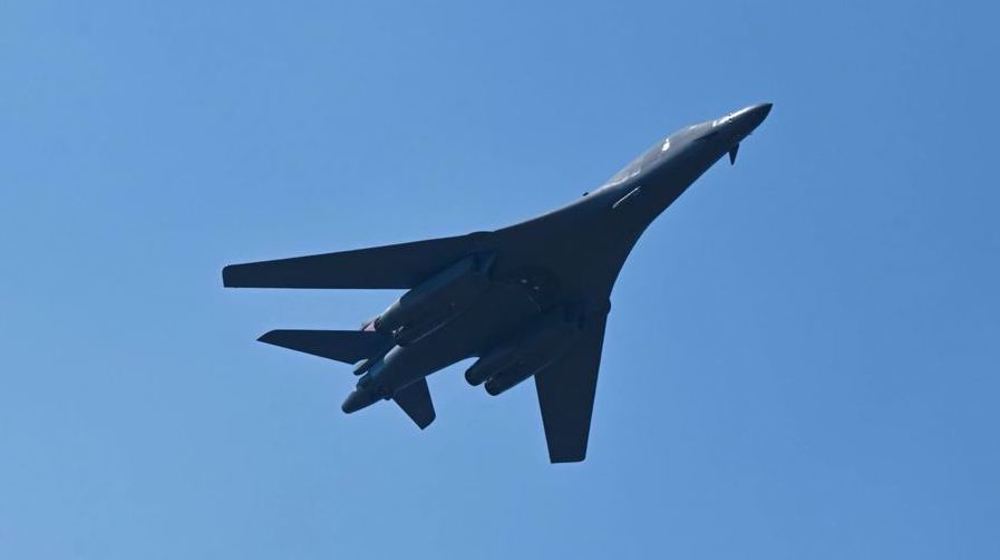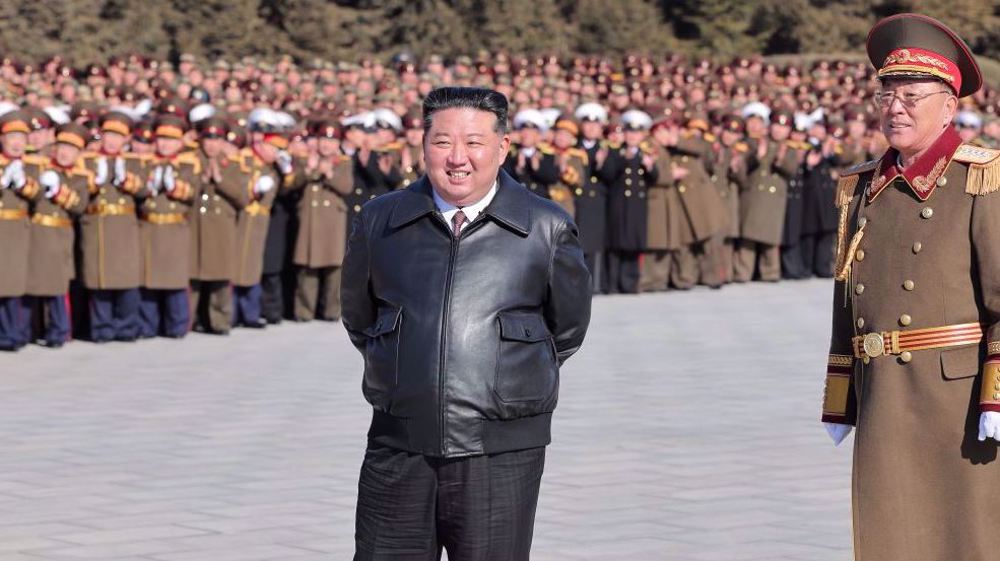With new test, N Korea can develop ICBM by 2020 : US think tank
North Korea’s recent missile test could facilitate the development of an operational intercontinental ballistic missile (ICBM) capable of striking the US mainland in less than four years, a US think tank says.
According to the US-Korea Institute at Johns Hopkins University, North Korea’s successful launch of an intermediate-range ballistic missile provides Pyongyang with the technology to develop intercontinental missiles by 2020.
On Wednesday, Pyongyang test fired two Musudan mid-range ballistic missiles, which are reported to have a theoretical range of between 2,500 and 4,000 kilometers, making them capable of reaching any part of South Korea, Japan and the US territory of Guam in the northwestern Pacific Ocean.
Writing on the US-Korea Institute’s website 38 North, aerospace engineer John Schilling said that “this partial success increases the likelihood that North Korea’s KN-08 and KN-14 road-mobile ICBMs will reach operational status early in the next decade.”
“This isn’t so much an engineering program, so much as an exercise in tossing a coin or rolling a die until it comes up with the result they like,” he said.
According to South Korean and American officials, the test was Pyongyang’s sixth launch of that weapon system.
The first missile, which flew 150 kilometers, is considered a failed launch, said South Korea’s Unification Ministry.
The second missile, however, traveled 400 kilometers but the outcome of it is still being analyzed by the South Korean military, the ministry added.

On Thursday, North Korean leader Kim Jong-un hailed the successful test, calling it a “great event” that he said significantly bolsters the North’s preemptive nuclear attack capability.
South Korea and the US claimed the North had attempted four test launches of the missile back in April and May, all of which failed.
Schilling said despite the success of Wednesday’s launch, the Musudan cannot be considered a “reliable” weapon. The test, however, would provide valuable data for scientists working on the longer-range engines.
“We still don’t expect them to have those missiles operational before 2020, but early flight testing by that date is increasingly likely,” he added.
Following the Wednesday’s test, US Defense Secretary Ashton Carter said the test raises the need for a strong missile program for all the allies of Washington in the region.
The US and South Korea have begun official talks on the deployment of the Terminal High Altitude Area Defense (THAAD) missile system to the Korean peninsula after Pyongyang conducted its fourth nuclear test in January and carried out the launch of a long-range rocket in February, which it said was aimed at placing an earth observation satellite into orbit.
North Korea has vowed to develop a nuclear arsenal in an effort to protect itself from the US military, which occasionally deploys nuclear-powered warships and aircraft capable of carrying atomic weapons in the region.
Washington and Seoul described the practice as a cover for an intercontinental ballistic missile test.
North Korea, which is under harsh UN sanctions over its nuclear tests and missiles launches, says it will not give up on its nuclear deterrence unless Washington ends its hostile policy toward Pyongyang and dissolves the US-led UN command in South Korea.
Hamas: Netanyahu tampering with fate of Israeli captives
VIDEO | Kashmir pays homage to Hezbollah leaders
VIDEO | Trump's ethnic cleansing plan draws Palestinian supporters to Seoul rally
Iran condemns ‘vicious act of Israeli terrorism against civilians’
Netanyahu: Israel won't allow Hayat Tahrir al-Sham forces in southern Syria
VIDEO | Paying tribute to Hezbollah leaders
Hezbollah leaders’ historic funeral showed resistance strength: Islamic Jihad
Iran reports surge in air traffic as Austrian, Lufthansa resume flights














 This makes it easy to access the Press TV website
This makes it easy to access the Press TV website